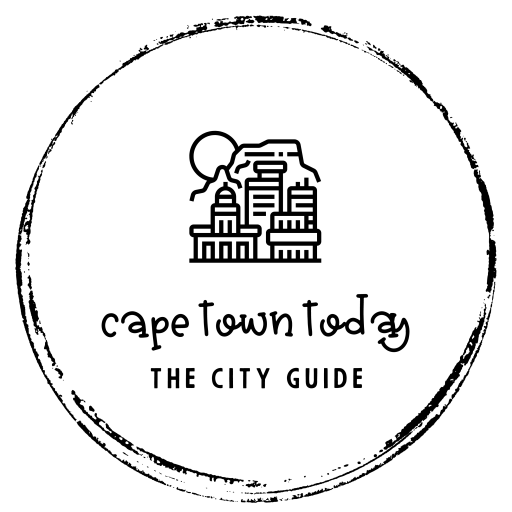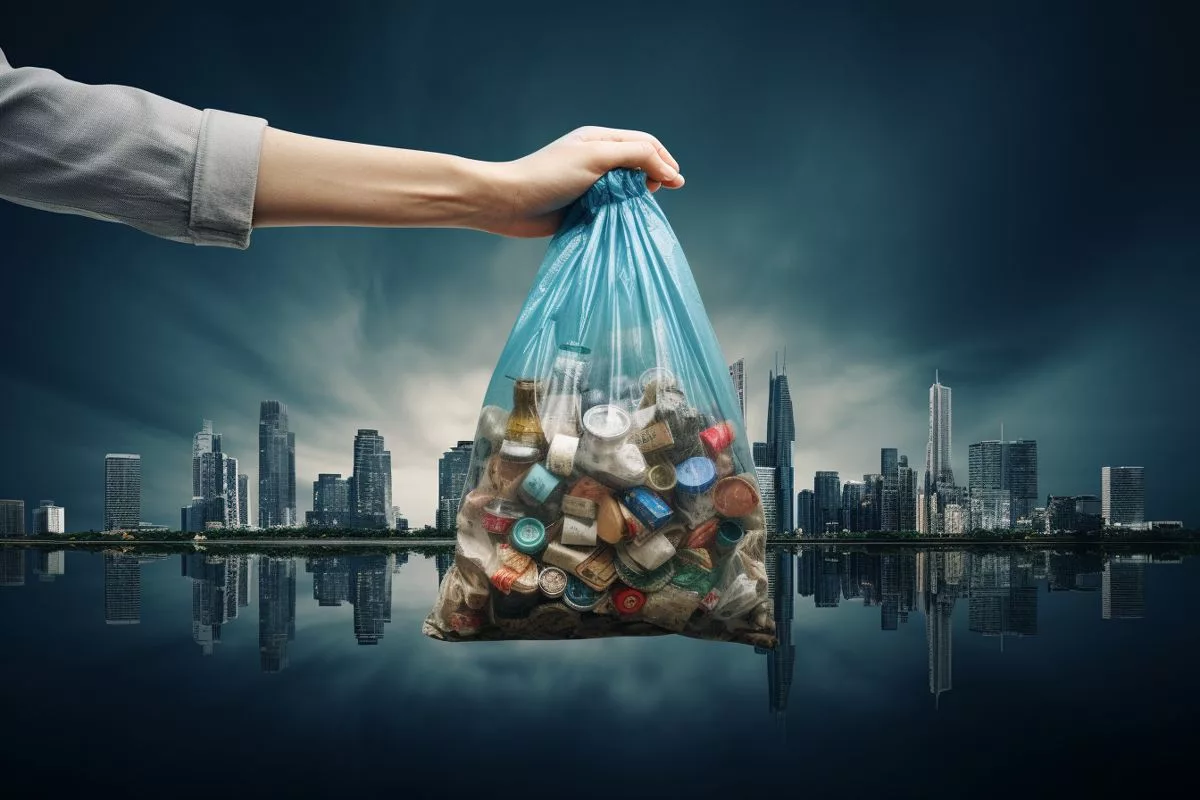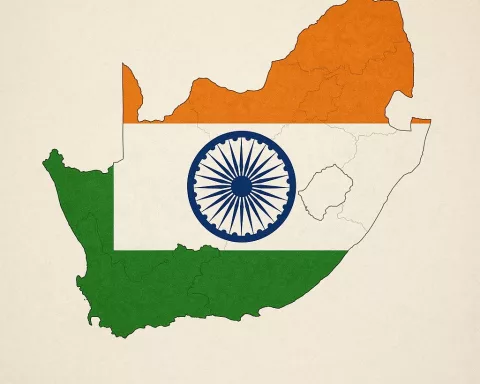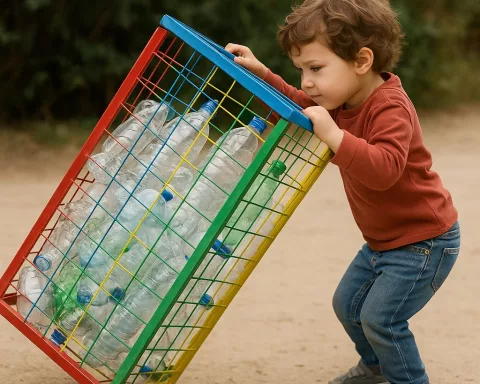The water levels in Mpumalanga Province have slightly decreased, but remain favorable with an average level above 90%. Local communities and authorities have demonstrated their adaptability and resilience in handling the situation, despite declining dam levels. The Department of Water and Sanitation encourages responsible water usage and has launched various initiatives to promote water conservation. The region’s efforts serve as a testament to the importance of preserving this invaluable resource.
What is the current water situation in Mpumalanga Province?
The water levels in Mpumalanga Province have slightly decreased recently, but the situation remains favorable with average levels remaining above 90%. Despite declining dam levels, the region is well-prepared to handle the situation due to the adaptability and resilience of local communities and authorities. The Department of Water and Sanitation encourages the public to practice responsible water usage and implement conservative measures to preserve this invaluable resource.
Mpumalanga Province Water Status
Although the water levels in Mpumalanga Province have slightly decreased recently, the situation remains favorable with average levels remaining above 90%. The Department of Water and Sanitation (DWS) published its weekly reservoir status report on October 30th, 2023, showing a decline in dam levels from 91.3% the previous week to 90.5%. The water management areas (WMAs) also experienced declines, with the Olifants WMA decreasing from 84.8% to 83.8% and the Inkomati-Usuthu WMA dropping from 92.1% to 91.6%. Despite these declines, the overall outlook for the region remains positive.
Districts within the province also saw a decline in water levels, with Ehlanzeni decreasing from 92.8% to 91.9%, Gert Sibande dropping from 87.8% to 87.1%, and Nkangala falling from 95.6% to 94.8%. Nevertheless, the region is well-prepared to handle the situation due to the adaptability and resilience of local communities and authorities.
Dam Levels in Different Districts
In the Ehlanzeni District and the Lowveld, most of the listed dams experienced a decrease in water levels. However, Klipkopjes, Primkop, and Da Gama dams exhibited improvements, with levels rising from 97.2% to 97.6%, 100.0% to 100.2%, and 92.8% to 93.7%, respectively. These positive developments demonstrate that the region’s water management efforts continue to yield results.
Conversely, Blyderivierpoort, Buffelskloof, Ohrigstad, Driekoppies, Longmere, Witklip, Kwena, and Inyaka dams registered declines in water levels. These dams are essential to the Lowveld region, and their water levels significantly impact the well-being and livelihood of surrounding communities.
In the Gert Sibande District, Morgenstond Dam was the only listed dam that showed improvement, with its level increasing from 97.7% to 97.8%. Vygeboom Dam’s level remained unchanged at 100.7%, while the remaining dams experienced decreases. Among the affected dams were Grootdraai, Nooitgedacht, Jericho, Westoe, and Heyshope, which collectively play a crucial role in the region’s water supply.
Nkangala District observed Middelburg Dam’s level remaining stable at 92.8%, while the other dams reported declines in water volumes. Witbank, Loskop, and Rhenosterkop / Mkhombo dams were among those affected by the decreasing water levels.
Promoting Responsible Water Usage
Despite these challenges, the Department of Water and Sanitation (DWS) encourages the public to practice responsible water usage and implement conservative measures to preserve this invaluable resource. With South Africa facing water scarcity, every drop is crucial, and water’s irreplaceability only emphasizes its importance.
To address the fluctuating water levels, the DWS has launched various initiatives aimed at promoting water conservation among citizens. These measures have helped maintain water security, even with decreasing dam levels. By being aware of water usage and understanding the significance of conservation, communities in Mpumalanga Province have demonstrated their adaptability and resilience in challenging situations.
In addition to its water management efforts, the DWS also focuses on providing current information and engaging with the public to address any concerns or questions. Spokespersons Wisane Mavasa and Themba Khoza are the primary contacts for those seeking further information or assistance.
The tale of Mpumalanga’s dam levels is one of conservation, accountability, and adaptability. As water levels continue to fluctuate, the region’s communities and authorities collaborate to ensure that this precious resource remains available for future generations. Their collective efforts serve as a testament to the importance of responsible water usage and the need for innovative solutions to address South Africa’s water scarcity challenges.
1. What is the current water situation in Mpumalanga Province?
The water levels in Mpumalanga Province have slightly decreased recently, but the situation remains favorable with average levels remaining above 90%. Despite declining dam levels, the region is well-prepared to handle the situation due to the adaptability and resilience of local communities and authorities. The Department of Water and Sanitation encourages the public to practice responsible water usage and implement conservative measures to preserve this invaluable resource.
2. What is the Department of Water and Sanitation doing to promote water conservation in Mpumalanga Province?
The Department of Water and Sanitation has launched various initiatives aimed at promoting water conservation among citizens. These measures have helped maintain water security, even with decreasing dam levels. By being aware of water usage and understanding the significance of conservation, communities in Mpumalanga Province have demonstrated their adaptability and resilience in challenging situations.
3. How frequently does the Department of Water and Sanitation publish its reservoir status report?
The Department of Water and Sanitation publishes its weekly reservoir status report every week, providing updates on the water levels in different districts and water management areas.
4. Which water management areas in Mpumalanga Province have experienced declines in dam levels?
The Olifants WMA decreased from 84.8% to 83.8%, and the Inkomati-Usuthu WMA dropped from 92.1% to 91.6%.
5. Which districts in Mpumalanga Province have seen a decline in water levels?
Ehlanzeni decreased from 92.8% to 91.9%, Gert Sibande dropped from 87.8% to 87.1%, and Nkangala fell from 95.6% to 94.8%.
6. Which dams in Mpumalanga Province have registered declines in water levels?
Blyderivierpoort, Buffelskloof, Ohrigstad, Driekoppies, Longmere, Witklip, Kwena, and Inyaka dams have registered declines in water levels.
7. How can the public get further information or assistance from the Department of Water and Sanitation?
Spokespersons Wisane Mavasa and Themba Khoza are the primary contacts for those seeking further information or assistance.
8. Why is water conservation important for South Africa?
With South Africa facing water scarcity, every drop is crucial, and water’s irreplaceability only emphasizes its importance. It is necessary to implement water conservation measures to ensure that this precious resource remains available for future generations.








